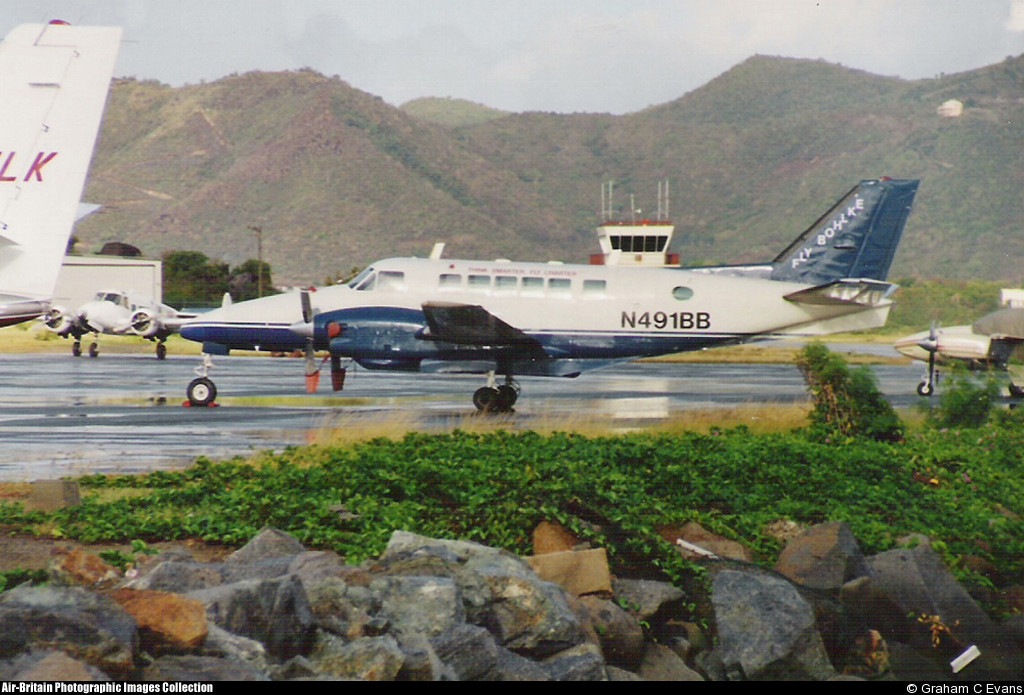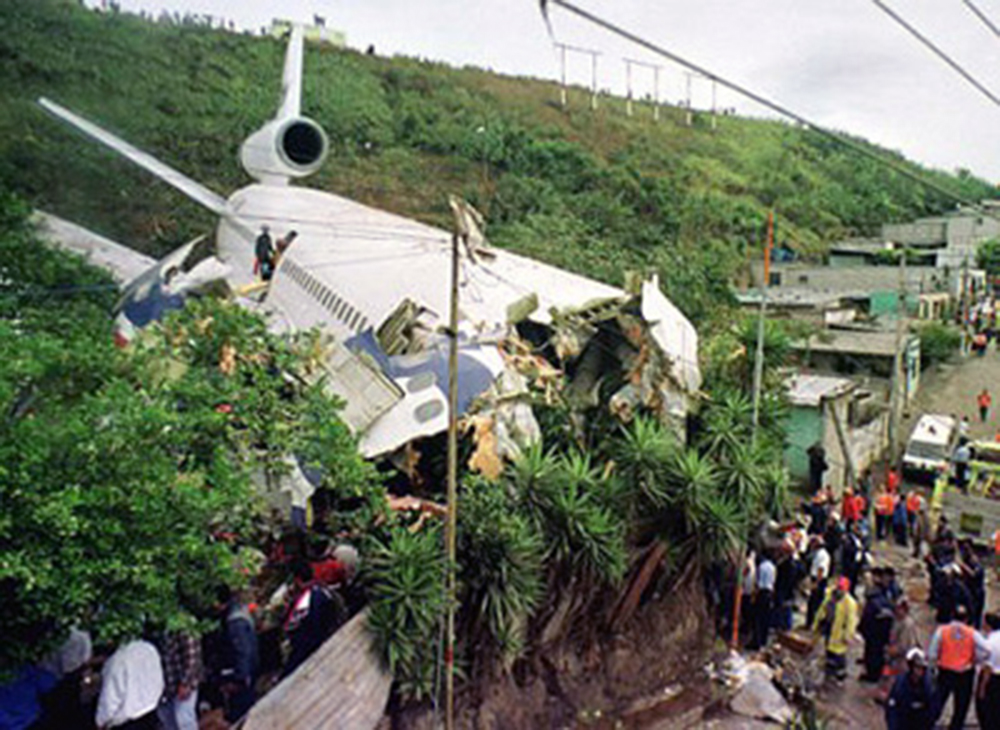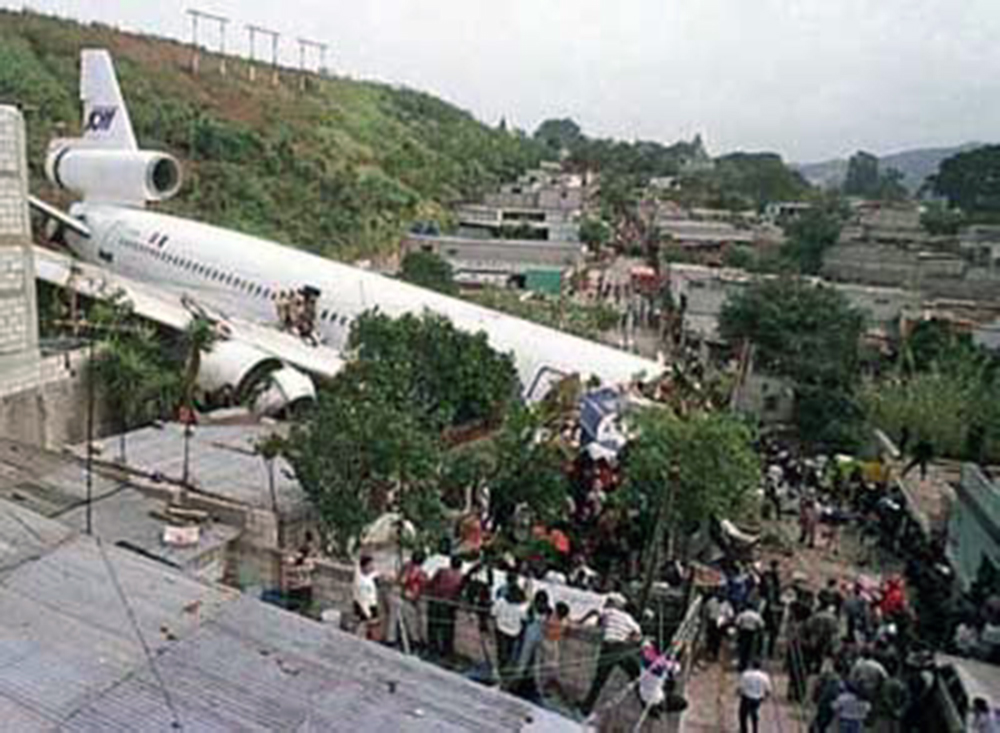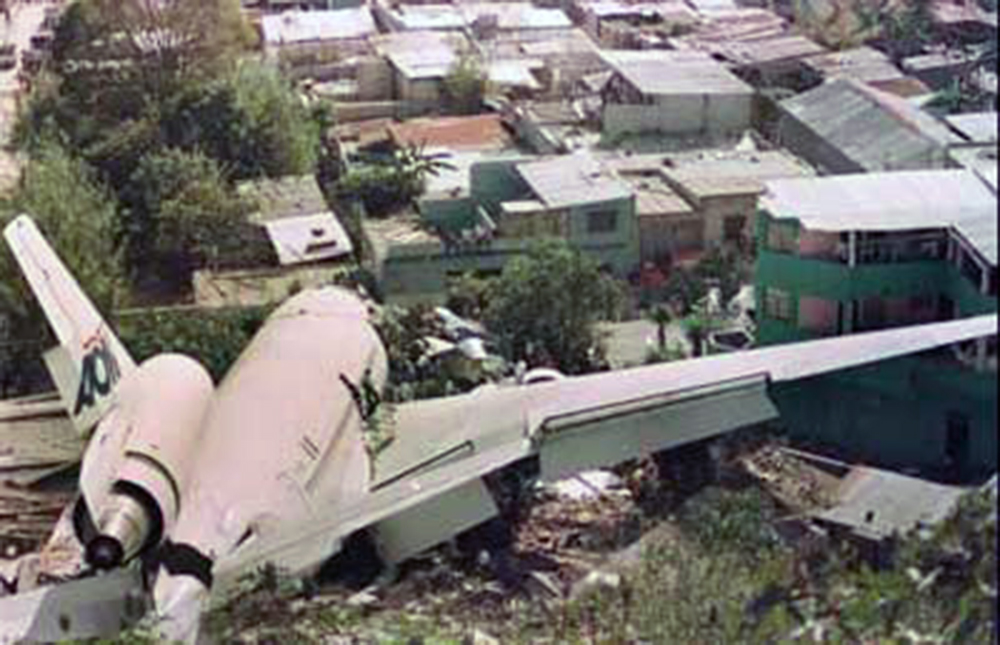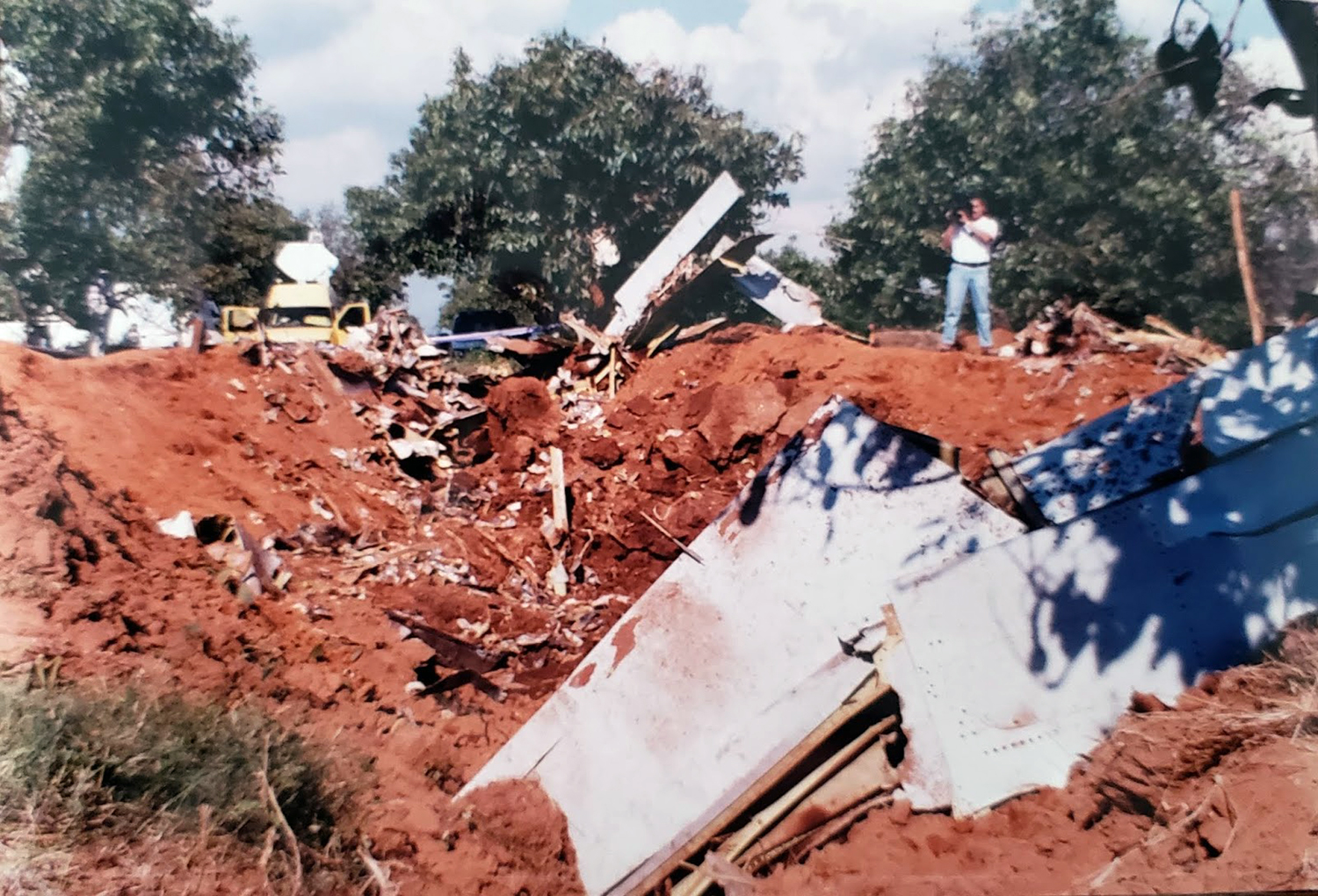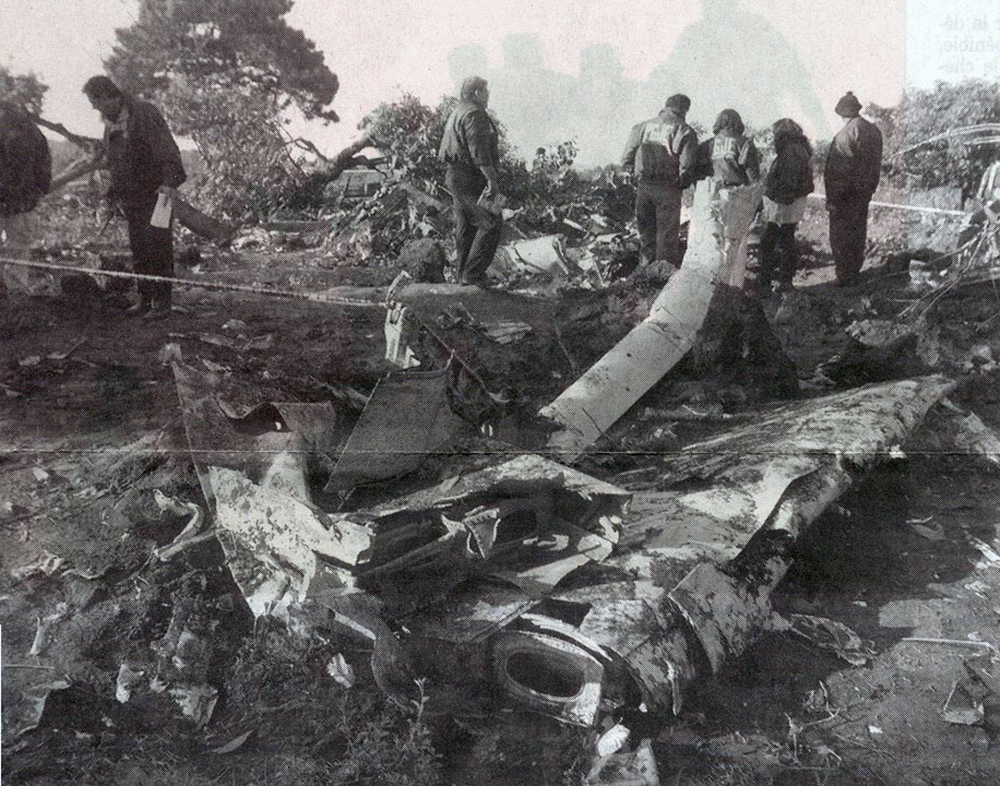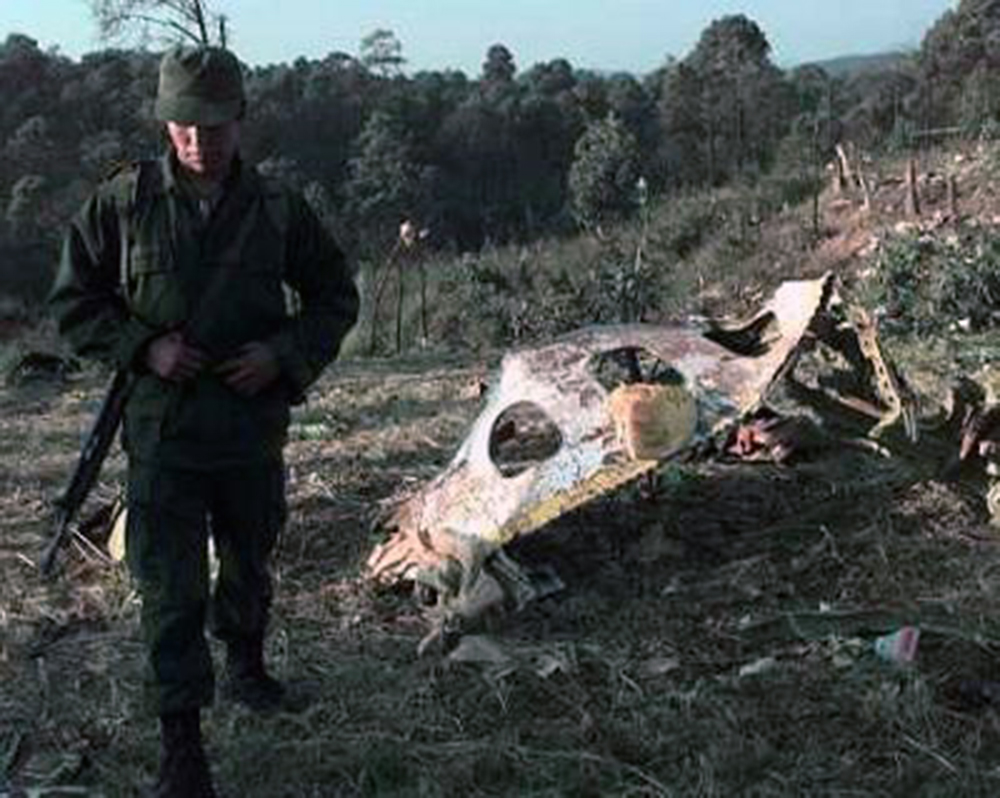Crash of a Cessna 207 Skywagon in Las Terrenas: 7 killed
Date & Time:
Jan 22, 2000 at 1145 LT
Registration:
HI-528CT
Survivors:
No
MSN:
207-0112
YOM:
1969
Crew on board:
1
Crew fatalities:
Pax on board:
6
Pax fatalities:
Other fatalities:
Total fatalities:
7
Circumstances:
The single engine aircraft was completing a local touristic flight with six passengers and a pilot on board. While flying at low altitude in the vicinity of the Samaná Bay, the aircraft collided with a coconut tree. The right wing was torn off and the aircraft crashed, killing all seven occupants. Weather conditions were good at the time of the accident.


